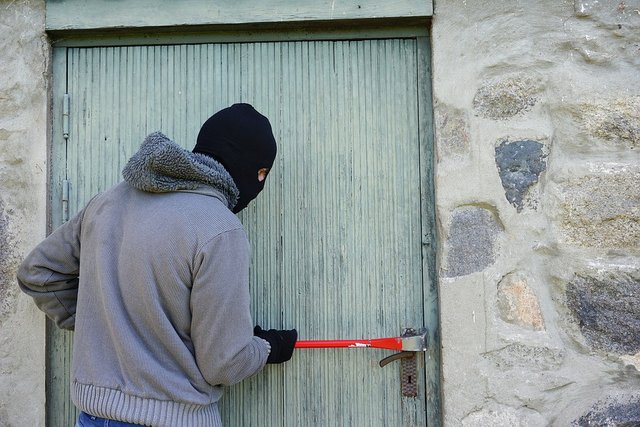Catching Burglars with Microbes
Scientists are developing a method to trace burglars by the microbes they leave behind at the crime scene. When a group of scientists were studying the bacteria and single cell organisms in a typical household they discovered that each home had a different composition of microbes living in them. These bacteria can be uniquely identified by their genome. They also found that these “home microbiomes” also transfer to personal devices such as smartphones but also to shoes.

Image Credit: Pixabay, License: CC-0
Jarrad Hampton-Marcell from the University of Illinois who conducted the research during his PhD studies says that “this showed the microbiome is very much directed by the presence or absence of people in that immediate space.” This gave the researcher the idea for the next step of the investigation. They started looking at personal belongings and the microbiome specific to them. As Hampton-Marcell puts it “Then we did a couple of forensic studies looking at phones and shoes, and were able to show that your personal microbiome transfers to personal devices and you can relate the two.”
Then came the important idea. The researchers knew that the human body sheds a lot its microbes all the time. Around 36 million of these microbes are spread by every one of us in every hour. Would it be possible to detect the signature of an individual's microbiome from the bacteria left behind in someone else's home?
The U.S. National Institute of Justice decided to fund a project investigating this question. In the “Burglary Microbiome Project,” the team investigated fake crime scenes in Fort Lauderdale. A number of participants were trained by crime scene investigators on how real burglars behave during a burglary. The participants then proceeded to enter someone else's home and emulate this behaviour. The results were encouraging. The presence of the fake burglars could be detected by the microbiome signature on surfaces and objects around the house. Hampton-Marcell explains, “we actually came up with evidence that you could not only track individuals that had interacted with various surfaces, but you could also use databases to get lifestyle associations about those individuals.”
Using this method the researchers were able to achieve a 70 per cent accuracy in identifying the individual that entered the home. This might not be very high in comparison with DNA analysis or fingerprints, but the new method could provide an additional tool to connect a crime scene to a criminal. The method relies heavily on DNA sequencing, a technology that is expected to become cheaper and cheaper in the future.
The scientists point out that this research is still in its early stages. There are many questions to be answered before this method can be taken up as a regular tool in forensic analysis. Some of these questions relate to the variability of the microbiome signature. How quickly can an individual's signature change? How long will the traces of the foreign signature be detectable inside a home? The research group is planning to answer these and other questions in future investigations.
We need a new CSI series. CSI Microbe!
Microscopic organisms is what life is made up of and they will success with that. Once they pick up on that which the burglars left behind and they have the tracker to find it a person or persons will think twice.
We have selected your blog for our top ten.
Release the Kraken! You got a 31.58% upvote from @seakraken courtesy of @plasticmars!